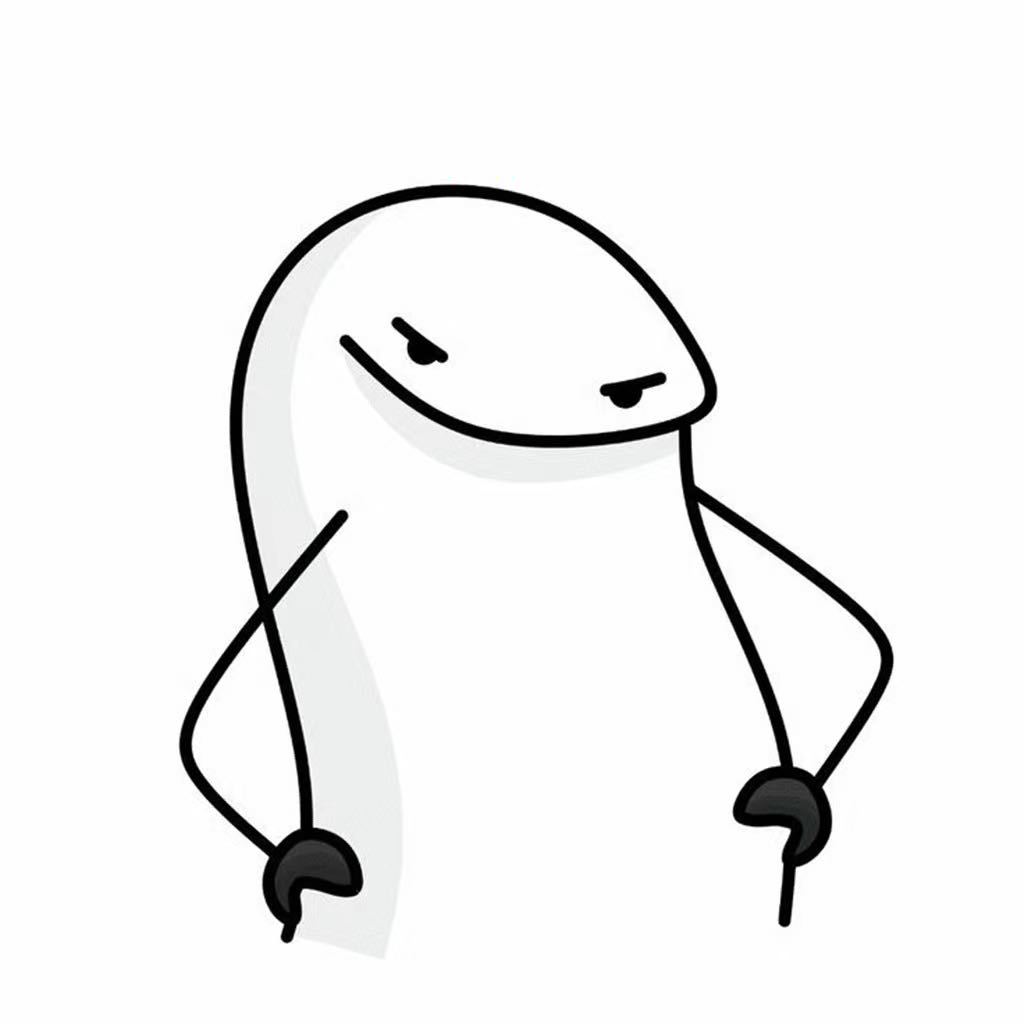2010上海高考数学,2010上海高考数学试卷
2010上海高考数学启示录:数字迷宫中的思维突围
2010年的盛夏,阳光透过上海考场的窗棂,在课桌上投下斑驳的光影。 thousands of students gripped their pens, ready to engage in a silent battle against numbers and equations on the examination paper. This mathematics exam was akin to an exquisitely designed labyrinth of digits, not only testing the rigor of logic but also hiding opportunities for intellectual breakthroughs. Behind these seemingly cold mathematical symbols lay profound interpretations of the laws governing our world, and truly exceptional problem-solvers could always find their own path within this realm of reason.
The section on functions and derivatives served as the labyrinth's entrance—deceptively simple yet full of hidden complexities. That year's questions required candidates not only to master differentiation rules but also to understand the intrinsic relationship between function graphs and derivative signs. This mirrors life's choices: behind every fluctuation lies an underlying pattern, with the key being the ability to see through表象 to the essence. Those who could accurately sketch function curves on the coordinate plane were essentially cultivating the ability to visualize abstract problems—a skill of paramount importance in future scientific research and daily life.
The solid geometry section constructed a three-dimensional thinking space. The geometric bodies presented were not regular prisms or pyramids but required decomposition and reassembly through spatial imagination. This reminded me of how architects, when designing skyscrapers, must construct complex spatial structures in their minds. When students drew auxiliary lines on scratch paper to transform three-dimensional problems into two-dimensional ones, they were performing a cognitive "dimensional reduction." Such training in spatial imagination is one of mathematics education's most valuable gifts.
Statistics and probability, like a mirror, reflected the wisdom of rational decision-making. The product sampling question not only demanded probability calculations but also required understanding the practical significance of statistical inference. In today's information age, we face data daily. How to extract valuable insights from massive information and avoid survivorship bias all demand solid statistical literacy. Unwittingly, that year's question provided candidates with an early lesson in data-driven rationality.
The final challenging question stood as the labyrinth's ultimate test, requiring the comprehensive application of various mathematical concepts. The problem involving sequences and inequalities demanded both rigorous logical reasoning and flexible thinking shifts. True masters often break conventional patterns, finding breakthroughs through constructive or proof-by-contradiction methods. This ability to challenge existing paradigms is precisely the source of innovative spirit. When we look back at scientific discoveries that changed the world, they often began with a courageous challenge to established norms.
The rustling of pens in the examination hall has long since faded, but the reflections sparked by this math exam continue to resonate. It taught us more than just problem-solving techniques—it imparted a way of viewing the world: using logic to measure chaos and rationality to illuminate the unknown. Those who found their way out of this numerical labyrinth will apply this thinking ability in broader arenas to solve scientific puzzles, understand social phenomena, and create wonders for our era. The beauty of mathematics lies in its dual nature: it is both a rigorous science and an art full of imagination, and above all, the best vehicle for cultivating thinking skills.






